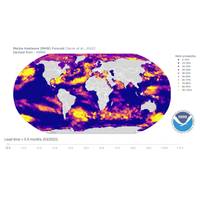
Marine Heatwaves Are Sweeping the Seafloor Around North America
if climate change is strongly impacting bottom marine heatwaves in the same way it would at the surface," Amaya said, saying changes to ocean circulation patterns could also play a role.Past bottom marine heatwaves have decimated Pacific cod and snow crab populations. "Pacific cod in the Gulf of Alaska is an important fishery and … that population has declined by 75% following the big marine heatwave in 2015," said Michael Jacox, a scientist at NOAA's Southwest Fisheries Science Center.Warmer water, he said, can increase the energy needs of species at the same time that there'
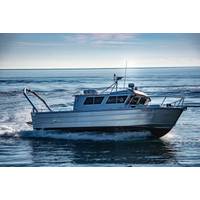
Armstrong Marine Delivers R/V to University of AK
, and a Garmin/NMEA electronics package supplemented with a Furuno SC70 satellite compass.After Nanuq’s maiden 11-day voyage in and around Prince William Sound, Captain Brian Mullaly commented, “the boat performed beyond the scientists’ expectations. Our work had us out in the Gulf of Alaska, but when weather shifted, we were able to travel with ease and quickness to the Sound. The boat handled well in rough conditions.”Nanuq is powered by twin Volvo D6 330hp diesel inboards paired with Aquamatic outdrives and Volvo hydraulic power steering. An aft deck second station and Side
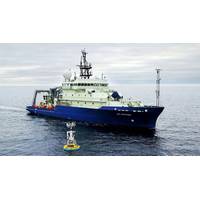
NSF Awards Contract to Continue Ocean Observatories Initiative
online.Each institution will continue to operate and maintain the portion of OOI assets for which it is currently responsible: WHOI will operate the Pioneer Array off the Northeast U.S. coast and the Global Arrays in the Irminger Sea off the southern tip of Greenland and at Station Papa in the Gulf of Alaska; UW will operate the Regional Cabled Array that extends across the Juan de Fuca tectonic plate and overlying ocean; OSU will operate the Endurance Array off the coast of Washington and Oregon; and Rutgers will operate the cyberinfrastructure system that ingests and delivers data for the initiative
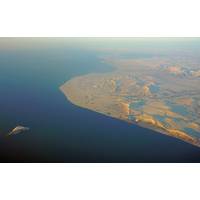
Alaska Requests Limits on US Offshore Drilling
to achieve a vibrant offshore program in Alaska is creating the false impression that there is an imminent attempt to foster development along our entire coast,” Walker said in a statement. Proposed lease sales for other offshore regions in Alaska, in areas spanning the Bering Sea and Gulf of Alaska, should be removed from the plan, Walker said. The Interior Department should also maintain long-established buffers for Native Inupiat whalers and a traditional 25-mile no-leasing buffer along the Chukchi coast, the statement said. Walker's comments echo those of the all-Republican
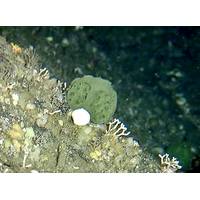
A Sea Sponge could Help Battle Cancer
trial and error, he and colleagues at Pelagic Research Services perfected a way to remove green sponges efficiently and with little disturbance by using a robotic arm with a Venturi dredge, which works like a vacuum hose. And he discovered that green sponges live in large patches in the eastern Gulf of Alaska, where they can be taken without affecting the ecosystem or commercial fish populations. Stone also identified a relatively accessible and large population about 60 miles southwest of Sitka, living about 230 feet underwater. That’s still beyond routine scuba diving depth -- a submersibl

Alaska’s (Hidden) Frontier
, providing citizens access to use these waters, the seafloor and subterranean of the seafloor. This makes Alaskan waters one of the most comprehensive, dynamic and economically viable platforms to work with. The platform includes 45,000 miles of sophisticated shoreline, two oceans, three seas and the Gulf of Alaska. It also has the world’s largest submarine canyon with depths to 24,000 feet, extreme tidal ranges with 16 knot currents known as tidal racing, ice-free ocean, frozen ocean and a seasonal mix of both. Alaska is 53 miles from Russia, it boarders Canada, connects to the Arctic and

Riding the Waves and Tides to a Cleaner Energy Future
preliminary permits – two tidal, three wave and four inland MHK projects; four licenses for tidal pilot projects; and four projects were in the pre-filing stage. The eight preliminary permits include two projects in the Niagara River; three in Alaska (Kvichak River, Cook Inlet, and the Gulf of Alaska); two in Morro Bay, CA; and one in Ft. Pierce Inlet, FL. The fully licensed projects include Verdant Power’s tidal project in the East River, NY; a project in Admiralty Inlet, Puget Sound, WA; ORPC Maine’s tidal project in Cobscook Bay, ME; and Whitestone Power’s tidal
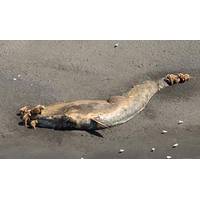
NOAA Declares Whale Deaths an ‘Unusual Morality Event’
The U.S. National Oceanic and Atmospheric Administration (NOAA) has declared the recent deaths of 30 large whales in the western Gulf of Alaska an "unusual mortality event," triggering a focused, expert investigation into the cause. An unusual mortality event is a stranding event that is unexpected, involves a significant die-off of a marine mammal population and demands immediate response. Since May 2015, 11 fin whales, 14 humpback whales, one gray whale and four unidentified cetaceans have stranded around the islands of the western Gulf of Alaska and the southern shoreline of the
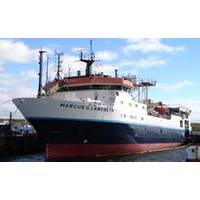
Webinar to Exhibit R/V Langseth
manages the Ocean Bottom Seismometer pool that consists of instruments from SIO, WHOI, and L-DEO). The Langseth began operations in 2008 and has successfully carried out more than 27 marine seismic projects around the globe. This has included work in the Arctic Ocean (Chukchi Sea), Bering Sea, Gulf of Alaska, Aleutians, offshore northwestern U.S., Marianas, Taiwan, Azores, Spain, Northwest and Central Pacific, Costa Rica, N. Atlantic, US East Coast and the Gulf of Mexico. Altogether, our science missions since 2008 encompass almost 1500 operational days. These cruises have science parties made up



 February 2024
February 2024





